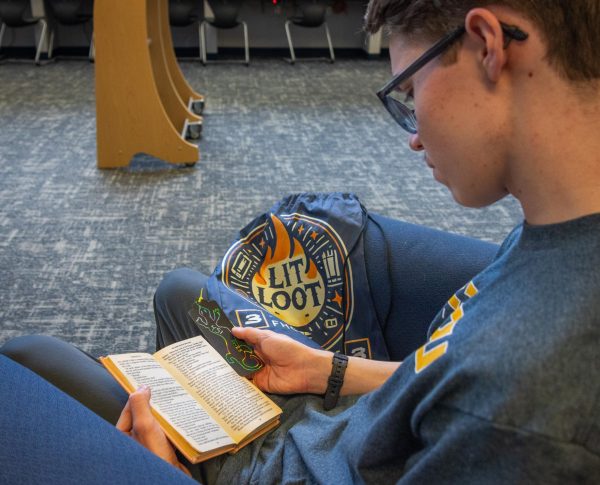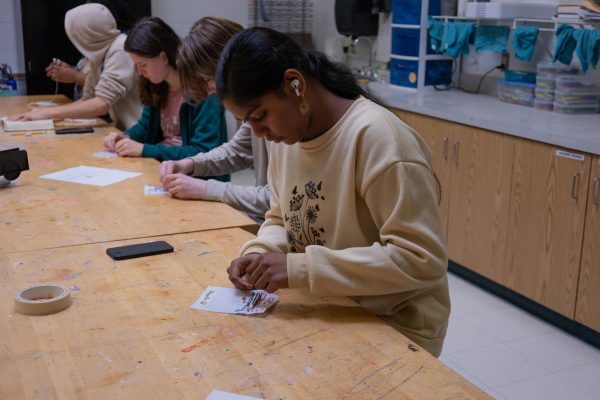Paper With a Twist
Unfolding the Mobius strip mystery
The Mobius strip can be seen in everyday objects as common as a piece of paper.
There is a simple trick that several mathematicians and philosophers find intriguing and so out-of-the-ordinary that they have named it the Mobius strip. The best part about this trick is that it doesn’t take chemicals or a science laboratory with test subjects or equations to see; it merely takes a piece of paper. So I invite you to follow along as reality unfolds.
All you have to do is find a strip of paper. The longer and narrower it is, the easier it will be to demonstrate. Next is to inspect some important features of this strip. The obvious thing about it is that it has two sides: an upwards-facing and a downward-facing side. And if you were to connect these two sides, it would make a ring. This simple ring also has two sides: an inside and an outside.
Now find a piece of tape or staple and act as if you were connecting the two ends of the strip to make a ring. But before you seal the edges together, take one edge and twist it 180 degrees (not 360!). And once you connect these two edges in this fashion, you will have created your own Mobius strip.
I know exactly what you are thinking. It’s a piece of paper. Folded once. But it is so much more than that.
Now the magic begins.
Find a pen or pencil. Pick any point on the strip and draw a dot. From this point, draw a continuous line down the center of the strip.
On the two-sided ring I described earlier, you would have drawn all the way around the outside of the ring and connected where you started your line with where you ended it. The inside of that ring would be left bare.
But the Mobius strip is not like the two-sided ring. Instead, you will find that once you connect your continuous line back to where you started that every inch of this Mobius strip is drawn on.
This simple exercise is done to show one thing: this strip of paper has one side.
It makes no sense. How can an object have two sides but when folded in a particular way only have one?
I would be lying to you if I was able to provide a solid explanation as to how this works. And instead of taking you down a rabbit hole of arithmetics and mathematical proofs, I think it would be more fun to continue playing with our Mobius strips.
This last exercise makes for a great party trick. Get some scissors and cut down the line that you just drew on your Mobius strip. If you were to do this with the simple ring, the end result would be two rings, both of which would be half the width of the first.
On the Mobius strip, cutting down the center results in a larger, singular loop.
If you were to repeat the cutting down center of the new strip several times you would eventually result in two rings; both of which are double-sided.
And while unfolding all the folds and twists of the Mobius strip, we also unfold all of the unknown it contains.
Your donation will support the student journalists of Francis Howell Central High School. Your contribution will allow us to purchase equipment and cover our annual website hosting costs. FHCToday.com and our subsequent publications are dedicated to the students by the students. We hope you consider donating to allow us to continue our mission of a connected and well-informed student body.












